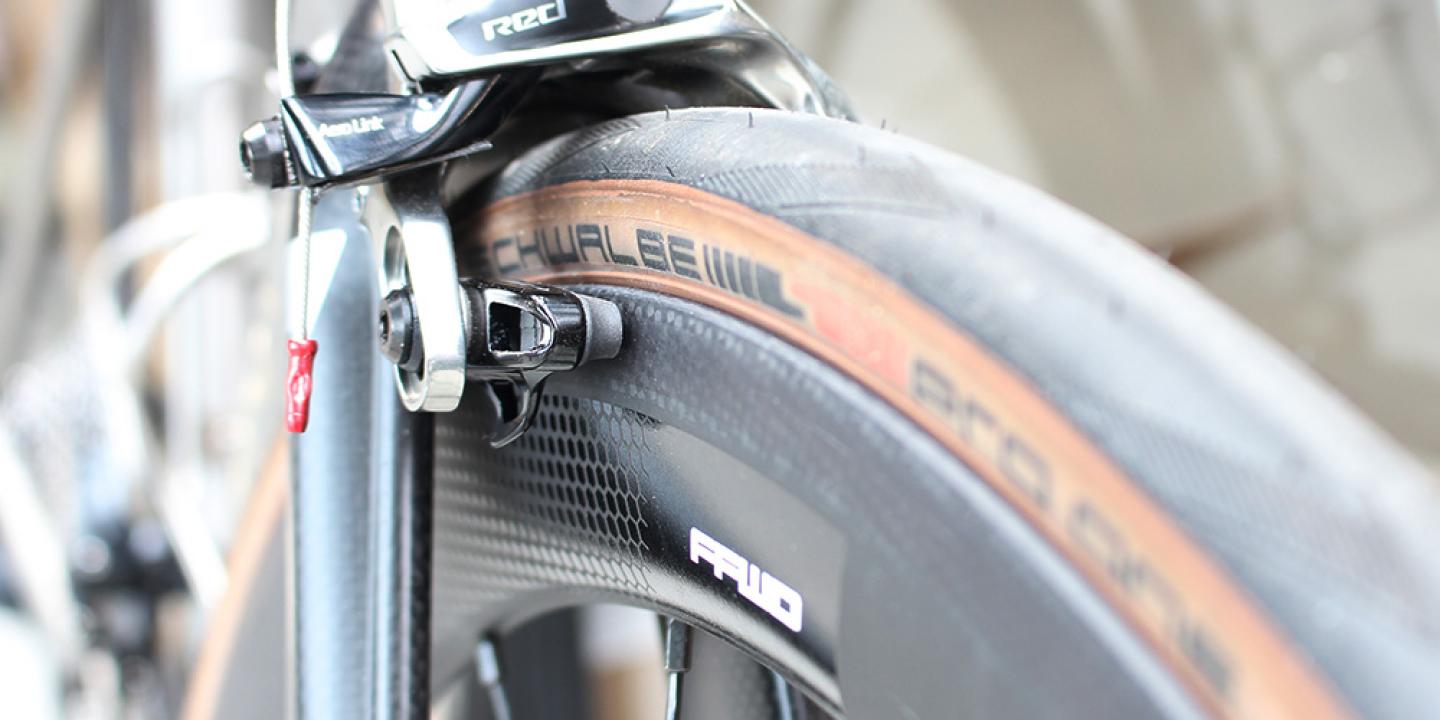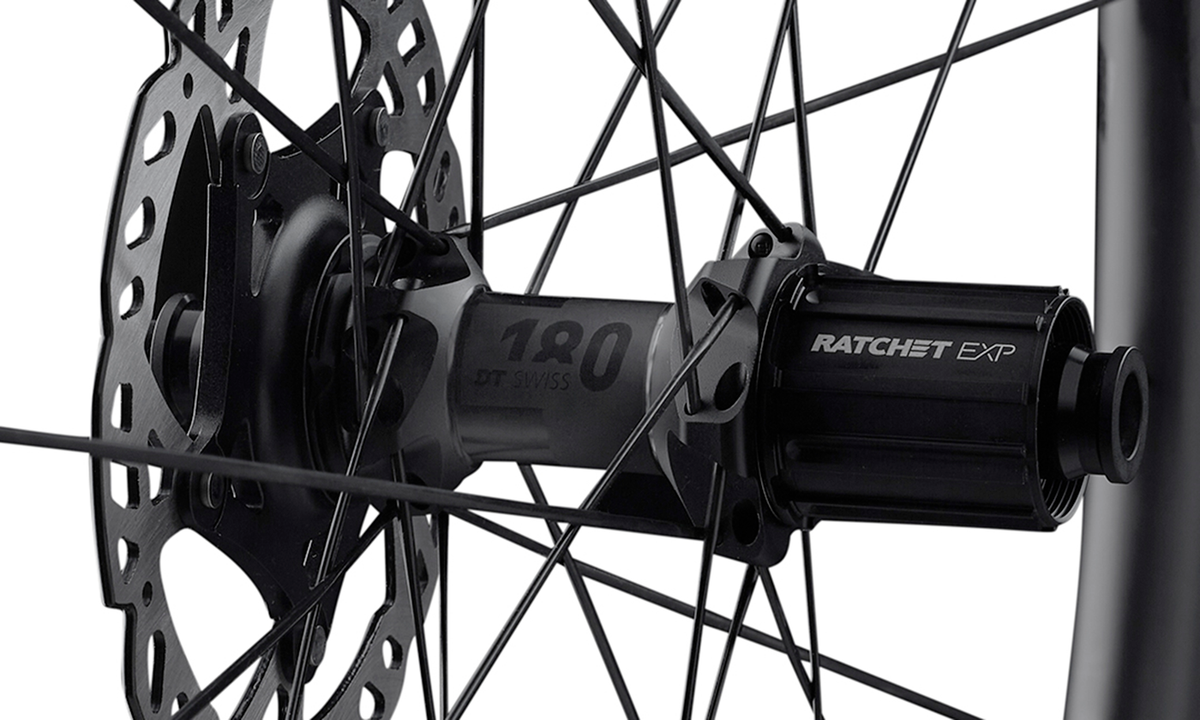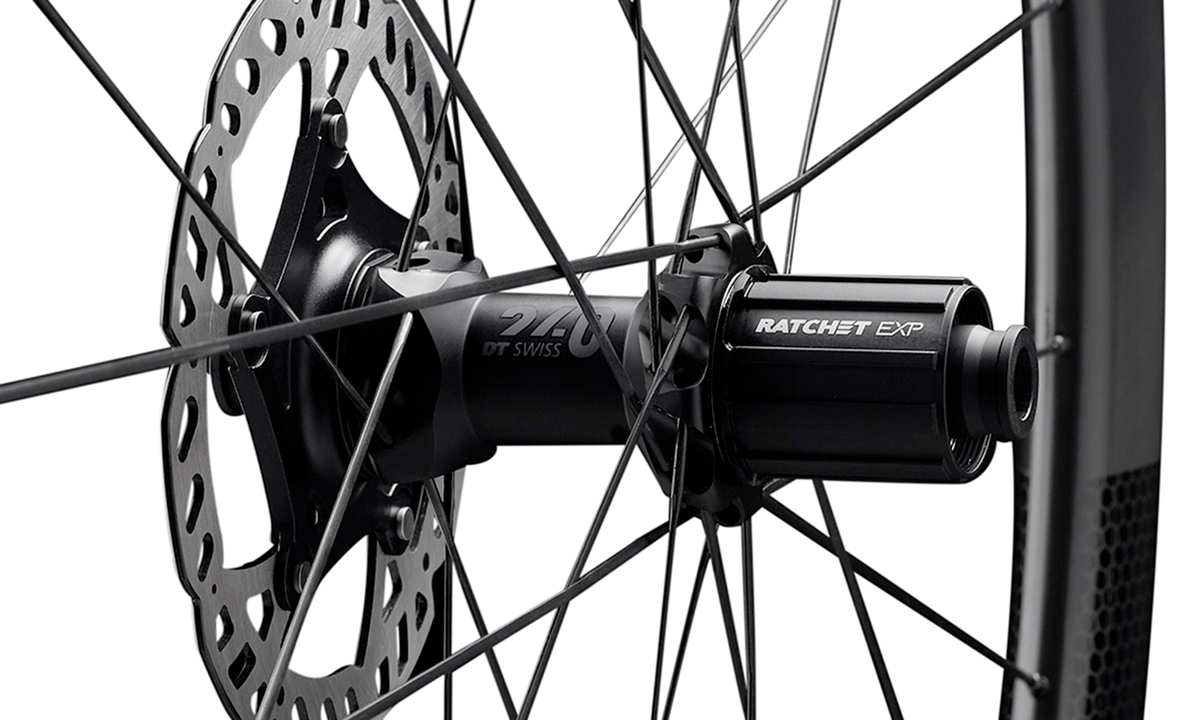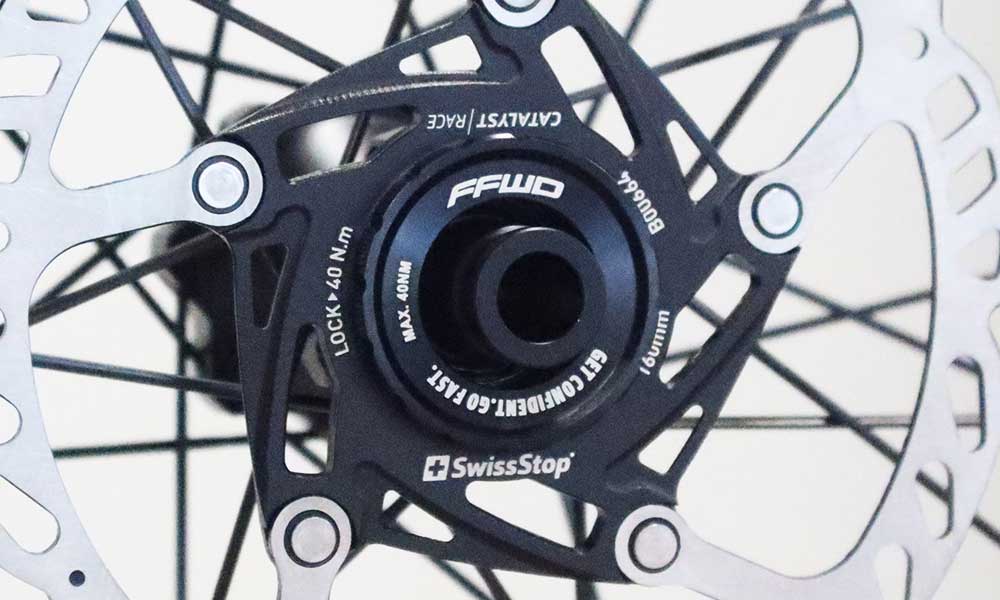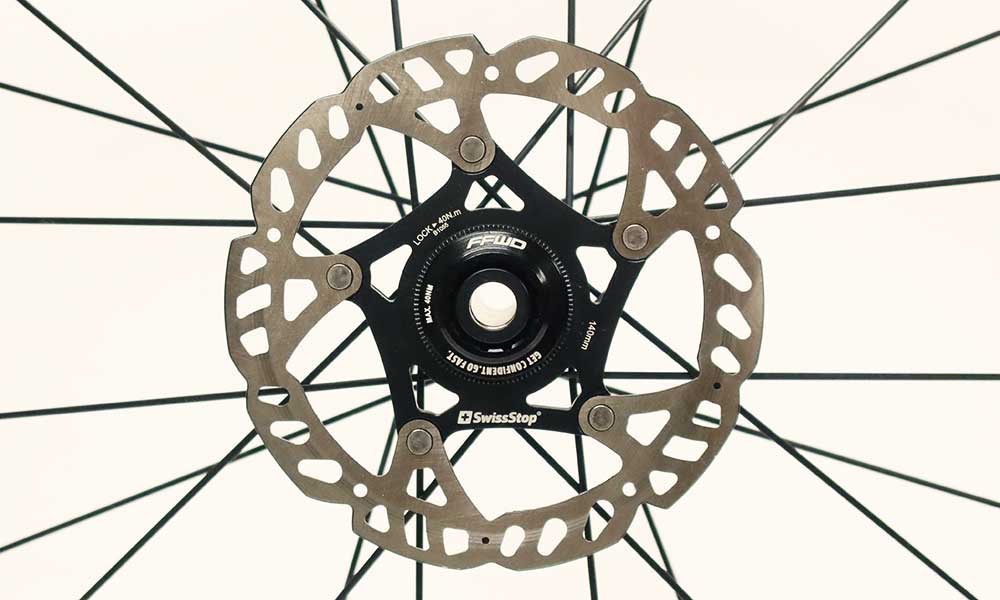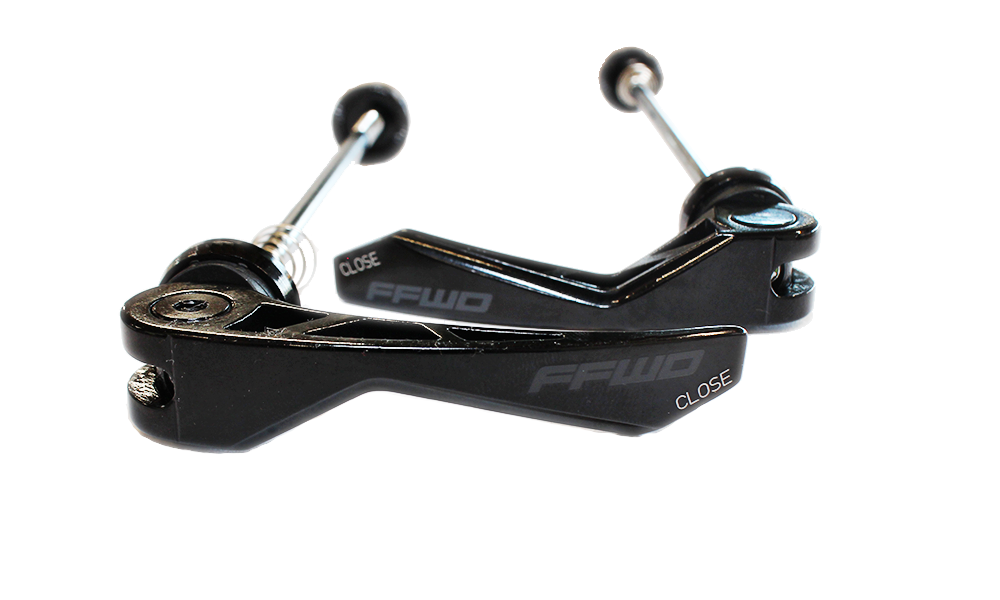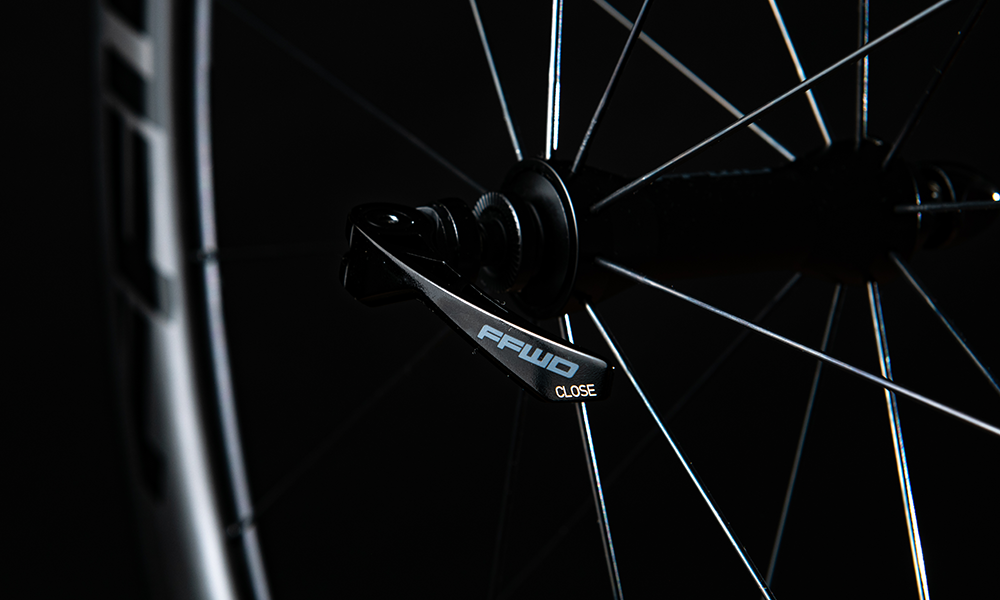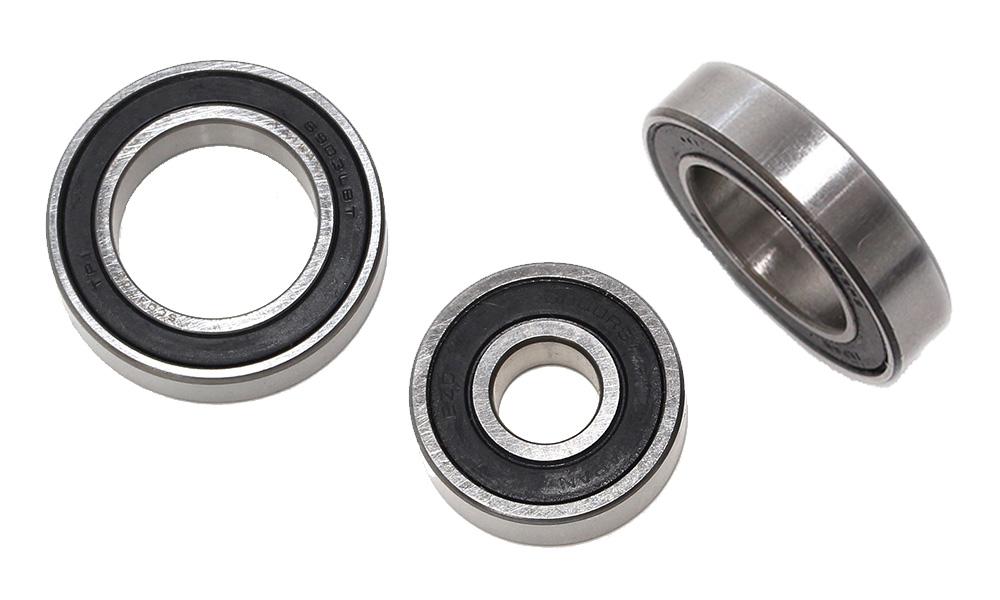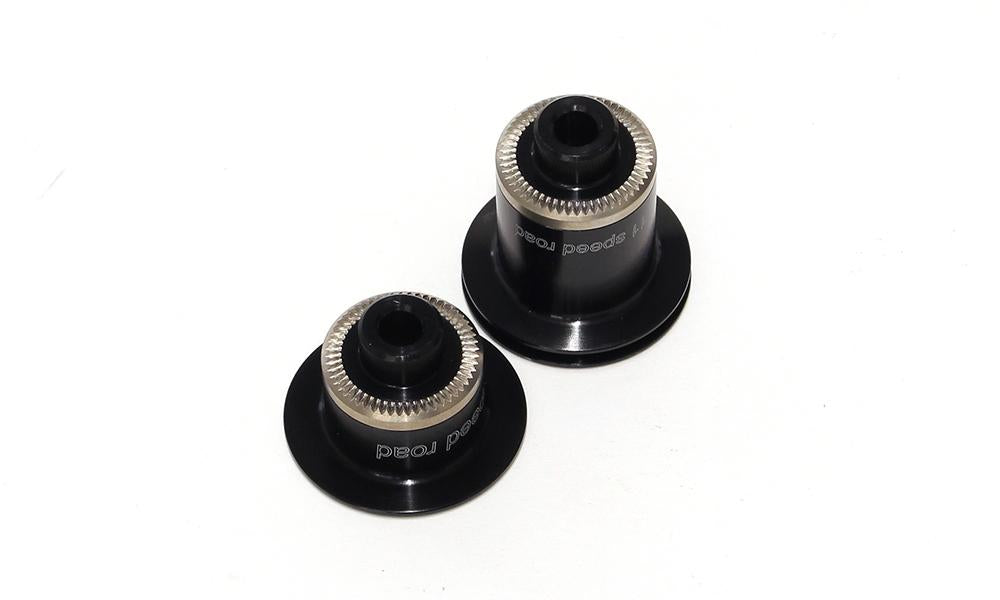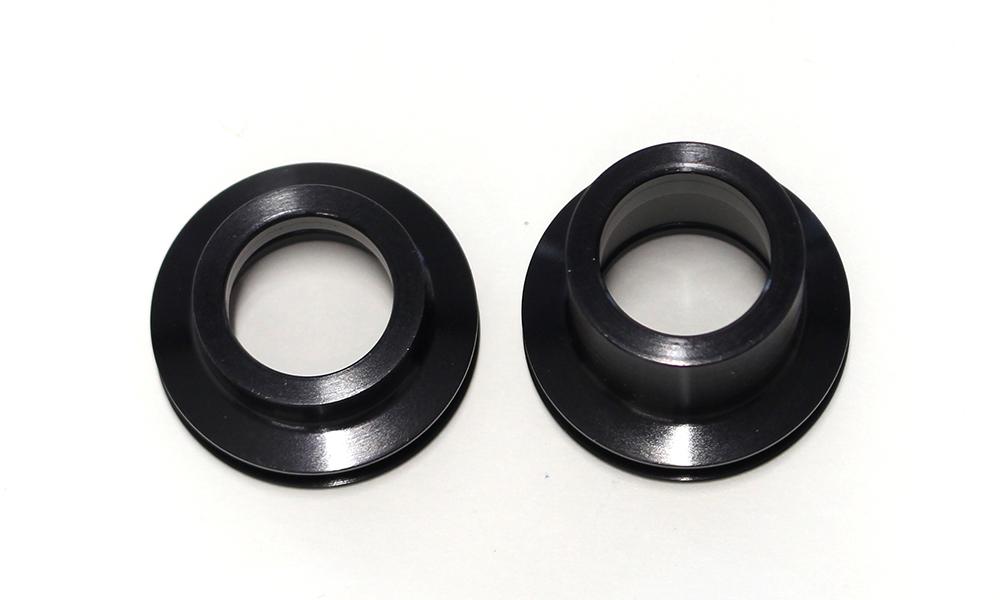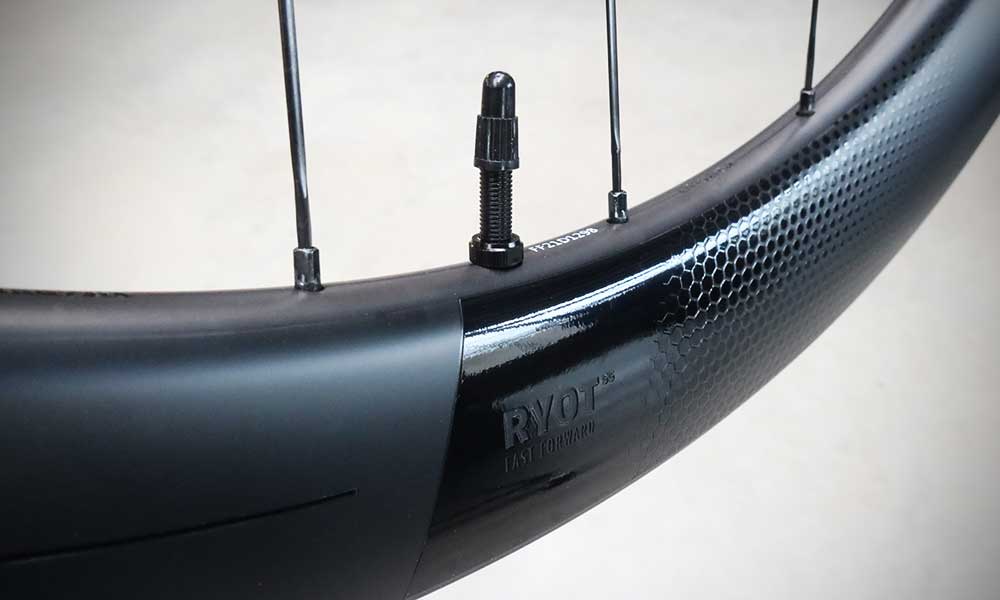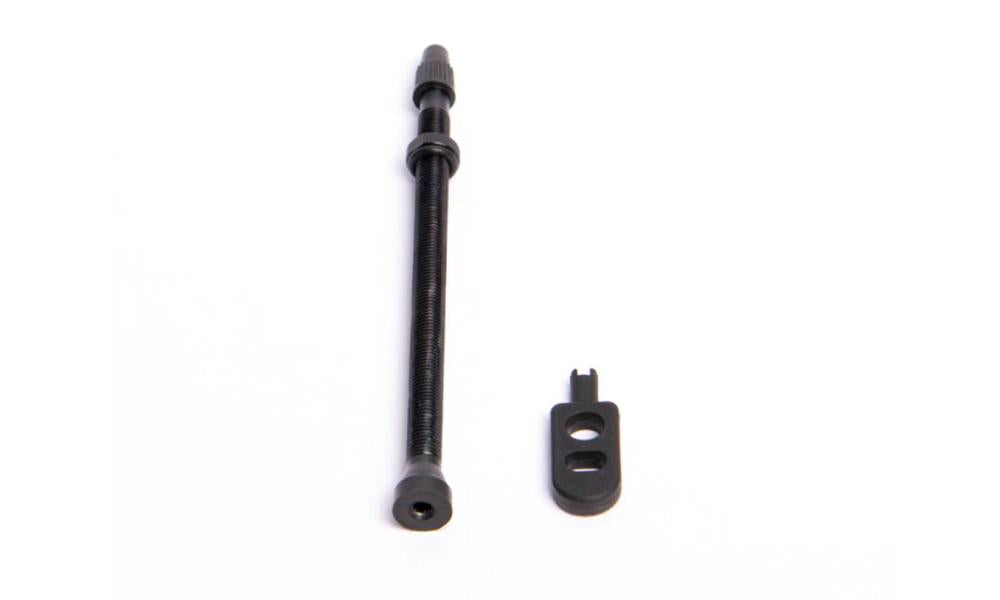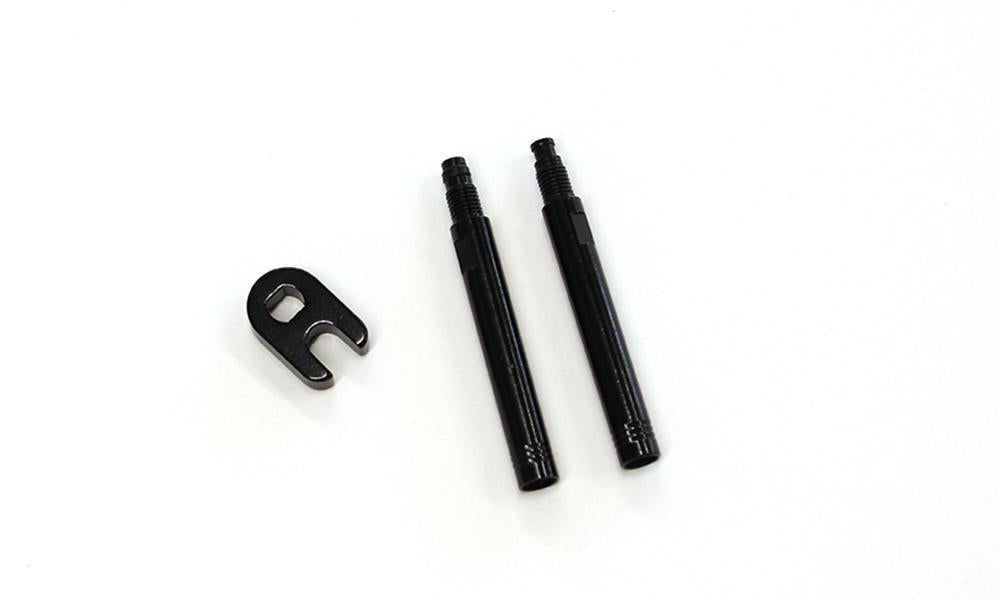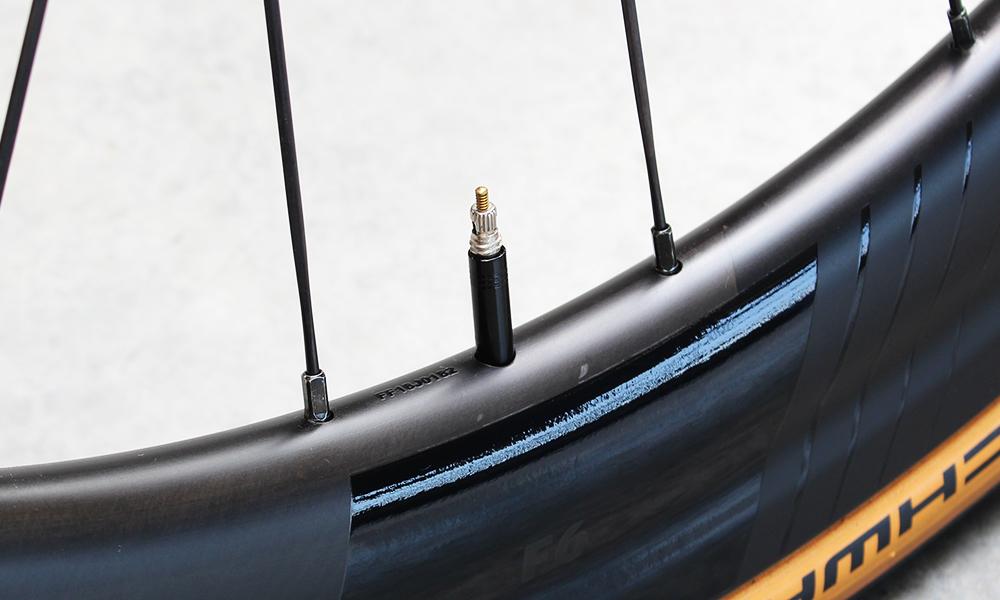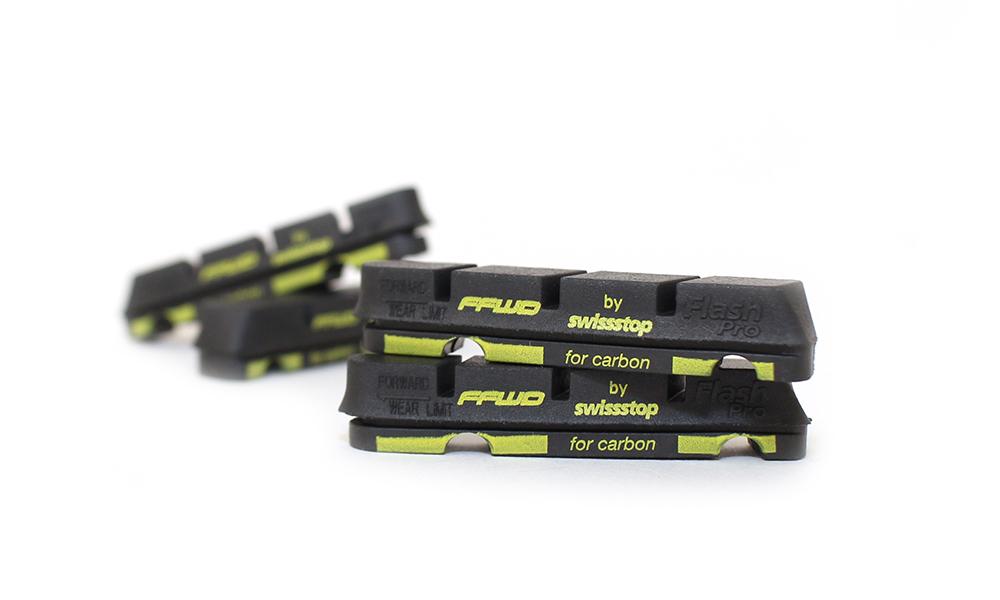Full carbon clincher wheels for rim brakes in hills and mountains.
Cycling in hills and mountains is very popular for many road cyclists to enjoy versatile and challenging rides. When riding with many elevation changes, carbon wheels are often chosen due to their low weight providing an advantage when climbing. However there are also concerns about the safety of riding with full carbon clincher wheels for rim brakes during descents in the mountains.
In this blog post we will discuss the technology and critical points to consider when cycling with full carbon clincher wheels for rim brakes. Finally we will answer the question: are full carbon clincher wheels for rim brakes safe during descents in hills and mountains?
After reading this blog, you will know everything about:
- Full carbon clincher wheels in detail
- Material, construction and quality of the rim
- Rim brakes versus disc brakes
- Considerations for full carbon clincher wheels
- Heat buildup
- Use of specific brake pads
- Riding style
- Recommendations for safe riding with full carbon clincher wheels
- Proper braking technique
- Respect rider weight limits
- Quality of the brake pads
- Maintenance
- Conclusion
Full carbon clincher wheels in detail
Carbon wheels are popular among road cyclists due to their low weight, aerodynamic performance, and of cource their looks. This provides advantages for both climbing mountains and riding on flat roads. Carbon is a strong, stiff and lightweight material making the wheels accelerate real fast and provide better uphill performance than aluminum wheels with similar specifications.In addition to the advantages there are also disadvantages to using carbon wheels. They are generally more expensive than aluminum wheels and can be more sensitive to damage due to incorrect use. Of course this is no less when using wheels with aluminum rims. Heat buildup can also occur in the rim during braking which can lead to overheating of the rim, causing it to deform and become unusable. This can be a problem, especially during long descents in the mountains where high-speed braking is required.
Material, construction and quality of the rim
Since the introduction of the full carbon clincher rim over 15 years ago it has undergone considerable technical development. Especially in the early stages there were many practical problems mostly resulting from improper use. Of course wheel manufacturers R&D departments have not stood still in improving the material and construction of the full carbon clincher rim.
In first full carbon rims the braking surface was made of basalt material. This material was quite heat-resistant and also provided improved braking force. The current generations of full carbon clinchers for rim brakes have a 3K-NANO braking surface that dissipates heat from the brake surface. An additional advantage is improved braking performance significantly improving overall performance in all areas.
Rim brakes versus disc brakes
Road bikes with disc brakes had a massive rise in popularity since their introduction. Because of that bikes with rim brakes (and thus the wheels) seem to be fading into the background. Does this mean the rim brake is gone for good? In our opinion, absolutely not! There are still so many beautiful bikes with rim brakes and they also deserve beautiful carbon wheels, no matter what terrain you ride on. Now the question often arises among road cyclists whether you can safely ride in the mountains with full carbon wheels for rim brakes. In short: yes you certainly can! However there are some essential points to consider that you don't have with disc brakes.The rim brake does precisely what it says: it brakes on the rim. In contrast, the disc brake has the braking disc mounted on the hub so it does not contact the rim. With carbon wheels this means that there is no friction from braking on the rim so heat buildup and wear are not an issue. Although this is an advantage in (long) descents and bad weather, it does not mean that full carbon wheels for rim brakes are discouraged.
Considerations for full carbon clincher wheels
Do you have a bike with rim brakes and would like to upgrade it with a beautiful set of carbon wheels? If you search the internet for user experiences you will undoubtedly come across stories that won't make you happy. Very annoying for those who have had a bad experience, but fortunately it isn't that black-and-white as it may seem. We dive into a few essential points to consider.
Heat buildup
The first consideration when using full carbon clincher wheels for rim brakes during descents in the mountains is heat buildup. During long and steep descents, braking force especially with prolonged braking can lead to increased friction between the brake pads and the rim resulting in heat buildup in the rim. This heat can damage the carbon rim's structure and even lead to overheating, deformation, and thus damage to the rim possibly causing dangerous situations.
It is therefore important to control speed and brake usage during descents to minimize heat buildup. Also it is crucial to adjust the brake pads correctly and ensure sufficient cooling of the rim, for example by regularly releasing the brakes. The use of specific brake pads designed for carbon rims is crucial as they help reduce heat buildup among other benefits.
Use of specific brake pads
As mentioned above, the type and quality of brake pads are crucial factors in safely using full carbon clincher wheels for rim brakes during descents in the mountains. The quality and type of brake pads affect the friction and thus the heating of the rim. Wrong type and poor quality brake pads can damage the rim and reduce braking performance, increasing the risk of unsafe situations.
It is therefore essential to use brake pads specifically designed for carbon rims. These brake pads have a special softer compound that differs from brake pads for aluminum rims. As a result, they wear out slightly faster but they offer significantly better performance. This translates into more friction which (although it may sound contradictory, it is not) results in less heat buildup and more braking force and limits wear on the rim. You will understand that it is absolutely necessary to use the right brake pads, check them regularly and replace them on time.
Riding style
Whether we like it or not, on average not all riders are at a professional level. This brings different riding styles translating into agility, technique and direct use of the bike and materials. There is a significant difference between riding in a peloton and riding in traffic situations where brakes are used a lot and differently.
In this context we want to say that wheels with full carbon clincher rims are safe in the mountains but not for everyone. Whether you let the bike roll smoothly or keep the brakes continuously squeezed has a considerable influence on the use and cooling of your rims.

Recommendations for safe riding with full carbon clincher wheels
Now that you know the considerations for carbon wheels for rim brakes we will list some essential recommendations for you. It may seem redundant but we believe it is crucial to provide you with the right advice to ensure your safety prolong the life of your beautiful wheels, and make you a better cyclist with a more confident feeling on the bike.
Proper braking technique
It is essential to apply the correct braking technique when riding with full carbon clincher wheels for rim brakes, especially in hills and mountains. Excessive braking, especially prolonged squeezing of the brakes can lead to overheating and damage to the rims. During long descents it is essential to brake briefly and firmly and then release the brakes to cool the rim and maintain speed control. Use the brakes correctly and ensure that you do not apply too little force causing you to brake more often and longer.
Braking too hard is also not reccomended; the wheels should not lock and cause you to skid. By using the correct braking technique you can keep your bike and speed perfectly under control, minimize the risk of damage and accidents and extend the life of your full carbon clincher wheels.
Respect rider weight limits
Manufacturers of (carbon) bicycle wheels often provide weight limits for riders of carbon wheels and it is important to respect these. The carbon rims can easily handle a higher rider weight in terms of load but the weight limits are specifically to prevent excessive and prolonged friction on the braking surface during descents. Exceeding the weight limit can lead to unsafe and potentially dangerous situations.
To ensure that you can ride the wheels safely you should check the rider's weight, including the bike and any luggage, to make sure it falls within the specified weight limit. Respecting the weight limit ensures the safety and durability of the carbon wheels.
Quality of the brake pads
As mentioned earlier and emphasized repeatedly, using specific brake pads for full carbon clincher rims is one of the most critical aspects. Using the wrong or poor quality brake pads can reduce braking performance and damage the rim, limiting your wheels' lifespan and increasing the risk of accidents. It is therefore crucial to always use high-quality brake pads specifically designed for use with carbon rims.
We recommend the SwissStop Black Prince which comes standard with our new wheels for rim brakes. Don't forget to inspect the brake pads regularly and replace them on time to ensure safety while riding.
Maintenance
Regular inspection and maintenance of full carbon clincher wheels for rim brakes is also essential to ensure they remain safe. It's important to regularly check the wheels for cracks, damage, and other signs of excessive wear. Also clean the rims regularly to remove dirt and other contaminants on the braking surface that could reduce braking performance.
It is recommended to have your wheels checked by a professional bike mechanic at least once a year to ensure they continue to function properly and are safe. By maintaining your wheels well you can extend their lifespan and ensure you can ride safely in the hills and mountains.
Advice!
The brake pads have diagonal grooves in them which can trap sand and small stones. To prevent damage to the carbon braking surface it is recommended to regularly check the brake pads and if necessary remove dirt in the grooves. Clean brake pads also provide optimal braking performance and power.
Conclusion
The answer to the main question, "Are full carbon clincher wheels for rim brakes safe during descents in the hills and mountains?" is not straightforward as it depends on various factors. For our own wheels such as the FFWD TYRO Rim Brake we say yes, provided the mentioned points of attention are taken into account. We will not make statements about wheels from other brands (or unbranded) as one carbon rim is not the same as the another.

 Carbon wheels certainly offer advantages in terms of weight, aerodynamics and stiffness which will positively influence downhill riding. On the other hand, heat build-up, the risk of cracking and poor-quality rims and brake pads can compromise the safety of carbon wheels. By adhering to weight limits using the right high-quality brake pads, regular inspection and maintenance of the wheels and proper use of your brakes, potential risks can be minimized.
Carbon wheels certainly offer advantages in terms of weight, aerodynamics and stiffness which will positively influence downhill riding. On the other hand, heat build-up, the risk of cracking and poor-quality rims and brake pads can compromise the safety of carbon wheels. By adhering to weight limits using the right high-quality brake pads, regular inspection and maintenance of the wheels and proper use of your brakes, potential risks can be minimized.
Ultimately it is up to the rider to decide whether the benefits of carbon wheels outweigh any risks and whether they are suitable for the intended use.
A fair closing statement from FFWD: if full carbon clincher wheels for rim brakes were unsafe we certainly wouldn't have them in our range.
